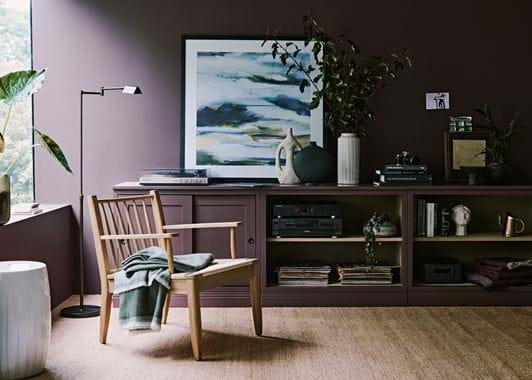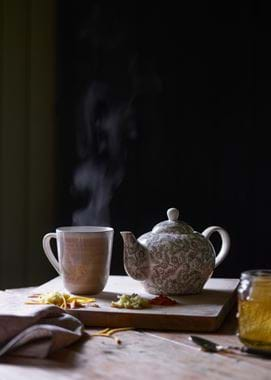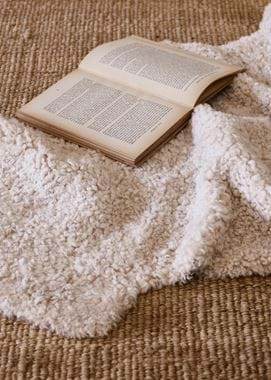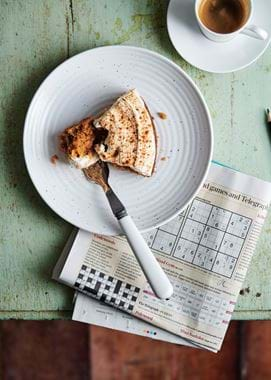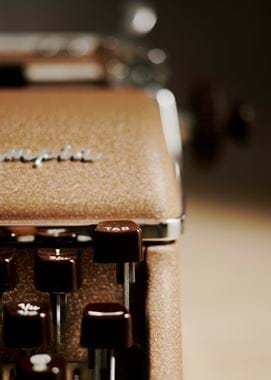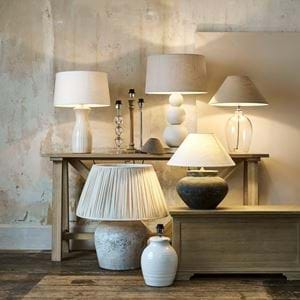Record players and typewriters: celebrating slow pastimes
Record players and typewriters: celebrating slow pastimes
Do you remember the crackle the needle makes when you gently place it on vinyl? The ceremony of choosing the album, removing the record from its sleeve, the quick clean before gently placing it on the turnstile. The sweet anticipation. In fact, when was the last time you picked up a Walkman, took a picture with a 35mm camera or even wrote a letter?
Chances are, it’s been a while. Convenience is now the god of design. Socialising, shopping, working – it’s all digital, delivered and instant. Yet there’s a joy in doing something inefficient. Take vinyl. Less practical and more expensive. Why would anyone pay more for the privilege of owning a large, clunky piece of non-biodegradable plastic that’s easily damaged, responds poorly to heat, dirt and dust, and requires special, fragile, and not at all portable equipment to play? Is it just nostalgia trumping logic or a richer connection to the moment and the experience that we’re missing?
The appreciation of vinyl stems from a place divorced from the mainstream music consumption cycle. It seems to come from the desire to enjoy music outside the realm of digital streaming and to engage with it on a tangible level often missing from the modern experience. A Walkman, typewriter, fountain pen or print newspaper are much the same – physical representations of music, letters and moments in history that offer a chance to touch the past in some tangible way and make a deeper connection to the artist or a point in time. They’re our touchstones to a shared cultural experience.
The physical representation or ‘organic’ form can also feel more valuable than its digital counterpart. It taps into that human desire to seek out, collect and catalog things that have meaning to us. Records, books and cameras must be looked after carefully – are easily scratched, damaged or broken. They require more tactile consideration which in turn pays proper respect to the music, artist or moment. It creates a more human response. As in love, if you want to feel the warmth, you’ve got to show you care.
There’s also the more cumbersome, less efficient process of playing a tape, manually typing a letter or developing a photograph. Akin to a ritual, it’s an experience that mirrors the care that the artist took in creating the work and builds a delicious sense of anticipation. It appeals to all the senses – sight, sound and touch. The glossy, smooth black contours of a record, the heavy thud of a typewriter key or the slow, ghostly reveal of a real photograph. All these things add up to create an ownership experience that simply doesn’t translate to the digital or hyper-convenience realm.
There are pockets of instant-culture resistance popping up. Three-day DIY sourdough bread affairs, vinyl and cassettes, slow travel, art and craft, polaroid cameras, Nokia phones, ordnance survey maps, traditional tea ceremonies. All require active engagement in the moment and stem from the desire to draw information from the body and stay in touch with the experience.
There’s a wonderful quote from James Joyce’s Dubliners: ‘Mr Duffy lived a short distance from his body’. It’s something we’ve learnt to do in modern western society. Perhaps it’s time to experience things more richly because, if we only aim at immediate success, we’re going to miss what it is to be human – with all its marvelously inconvenient adventures.
For more inspiration on living a rewardingly unhurried life, why not have a read of our articles on slow decorating, the art of quilt making and the slow food movement?

